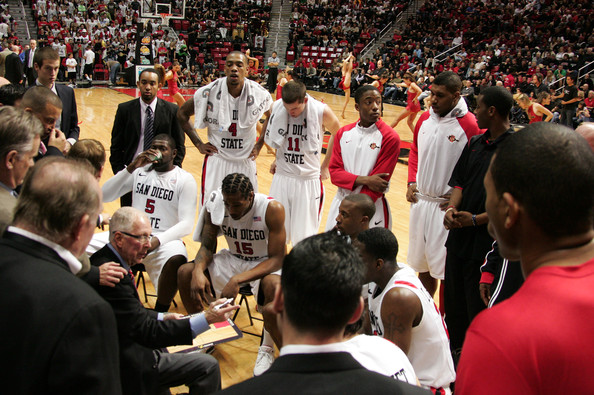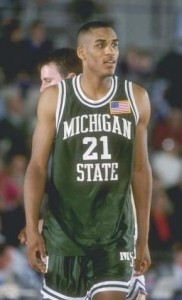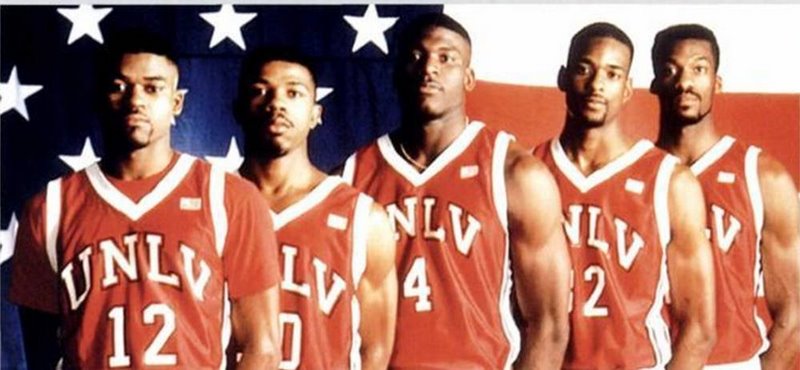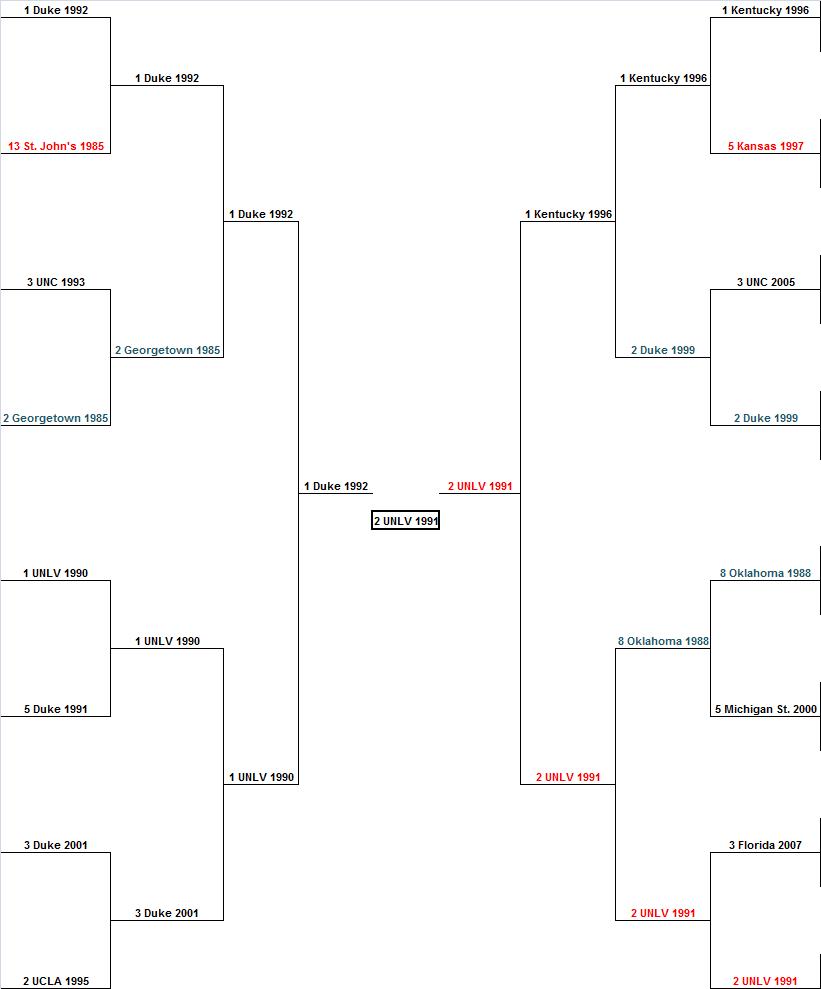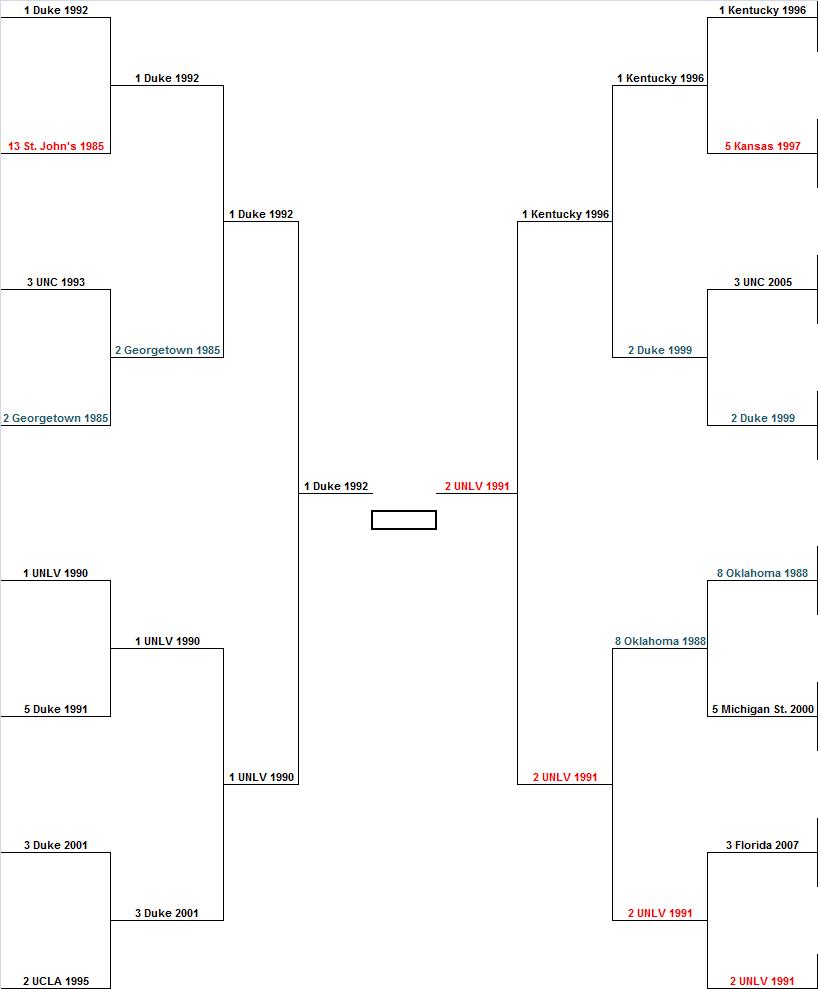RTC Summer Updates: Mountain West Conference
Posted by Brian Goodman on August 2nd, 2011With the completion of the NBA Draft and the annual coaching and transfer carousels nearing their ends, RTC is rolling out a new series, RTC Summer Updates, to give you a crash course on each Division I conference during the summer months. Our latest update comes courtesy of our Mountain West correspondent, Andrew Murawa.
Reader’s Take I
Summer Storylines
- A New Look League: In the aftermath of last summer’s conference shake-ups, the Mountain West is a slimmer volume this year than last, and will look even different next year. Last year’s regular season champion, BYU, is off to pursue football independence, with membership in the West Coast Conference for basketball and some other sports a byproduct of that decision. Secondly, Utah jumped at the opportunity to become a member of the new Pac-12 conference. In the 12 years in which the two Utah schools were a part of the MWC (okay, since its unveiling of their new logo in July, the league office wants the conference to be abbreviated as MW, rather than MWC, and we’ll try to do that from here on), they won a combined five outright regular season titles between them (BYU three, Utah two) and twice shared the regular season titles. However, the MW did not sit idly by and let its conference dissolve when the Utah schools left. It snapped up Boise State to give the Mountain West eight teams in the 2011-12 campaign, with Fresno State and Nevada due to join in 2012-13 just as TCU departs for the Big East. In the long run, the three losses are bigger than the three additions, but the newcomers are strong enough to keep the MW chugging along.
- Coaching Shuffle: We knew heading into the offseason that there would be at least one new coach in the conference, as Wyoming pulled the trigger on firing Heath Schroyer during the middle of the conference season. In late March they announced the hiring of Larry Shyatt, an associate head coach at Florida, back for his second stint as the head man in Laramie. But when Lon Kruger announced a day later that he had accepted the head coaching job at Oklahoma, arguably the most attractive job in the conference opened up at UNLV. Ten days later, UNLV announced the hiring of Dave Rice, most recently the associate head coach to Dave Rose at BYU, but previously a player and assistant coach under Jerry Tarkanian in Vegas. With Rice’s brother, Grant Rice, the head coach at Las Vegas Bishop Gorman High – not coincidentally the high school of 2012 top ten recruit Shabazz Muhammad – the hiring opens further inroads for the Rebels with local recruits. To tie everything up in a nice little bundle, Schroyer was hired by Rice as one of his new assistants, along with former Rebel star Stacey Augmon and former SDSU assistant Justin Hutson.
- Transfer Hotbed: Every year, the Mountain West seems to be the landing spot for some big transfers, guys who have struggled in their first stop in a BCS conference and who are ready to start over a rung down the ladder. UCLA as a feeder school for the conference is a well-worn path, having sent Chace Stanback to UNLV and Drew Gordon to New Mexico in recent years. This year, another former Bruin will be active in the MW, with forward Mike Moser joining Stanback in Las Vegas for the Rebels. No less than five other former-Pac-10 players will show up on MW rosters this season, with Drew Wiley (formerly of Oregon) joining Boise State, Demetrius Walker (formerly of Arizona State) joining New Mexico, and Xavier Thames (formerly of Washington State) joining San Diego State, all of whom will be eligible this season. Arizona’s Daniel Bejarano and USC’s Bryce Jones also announced transfers to Colorado State and UNLV, respectively, but neither will be eligible until the 2012-13 season. UNLV also welcomes former Marquette point Reggie Smith to compete with incumbent point guard Oscar Bellfield this season, while CSU inked former Minnesota center Colton Iverson, eligible in 2012-13. Then there’s the Aztecs, who signed Utah transfer J.J. O’Brien and St. John’s transfer Dwayne Polee. While O’Brien will sit out a year, Polee, who attended Los Angeles’ Westchester High, has applied for a hardship waiver, given that his mom is suffering from an undisclosed medical condition. While these waivers aren’t often granted, if it happens in this case, Polee could be a big boost for the Aztecs’ 2011-12 hopes.





























